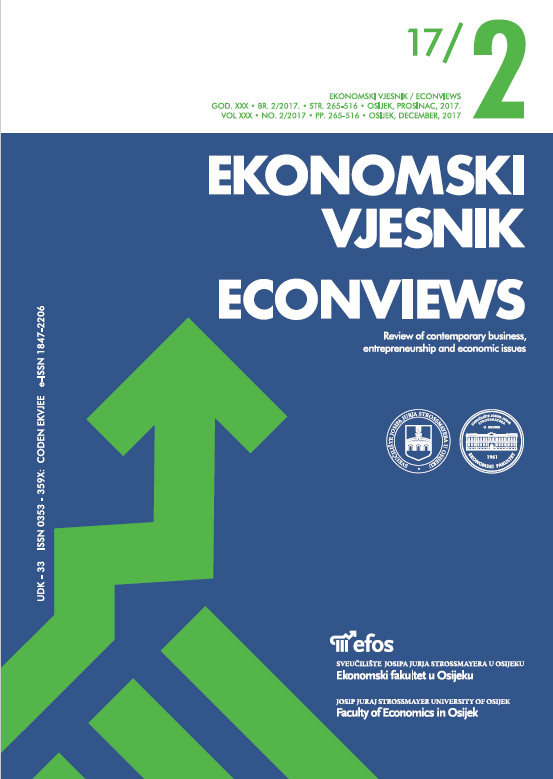PREREQUISITES FOR CREATING A COMPETITIVE ADVANTAGE IN NATURE PARKS THROUGH DIFFERENTIATION
PREREQUISITES FOR CREATING A COMPETITIVE ADVANTAGE IN NATURE PARKS THROUGH DIFFERENTIATION
Author(s): Vesna Vučemilović, Biserka VišticaSubject(s): Economy, Marketing / Advertising, Tourism
Published by: Sveučilište Josipa Jurja Strossmayera u Osijeku, Ekonomski fakultet u Osijeku
Keywords: competitive advantage; nature parks; differentiation; positioning;
Summary/Abstract: Differentiation is a way for gaining a sustainable competitive advantage or achieving a market position which enables companies to satisfy customers’ needs better than the competition. Differentiation can manifest itself through four dimensions: product, services, personnel and image. Nature parks, national parks, strict reserves and special reserves are categories of protected areas of national importance. Nature parks and national parks have exceptional potential for visiting system development, but are also responsible for the management of these activities. There are numerous nature protection restrictions arising from legislation and management documents. The principal task is to protect and preserve the natural and landscape values and ecological characteristics. Creating and realizing visiting activities as a part of tourist services supplied trough Public institutions are also specific. These services must be differentiated on the market in relation to the competition. Income generated from tourist services in the income structure of nature parks, will be even more important in the future, because of self-financing development and central budget dependency reduction. It must be emphasized that nature parks help the larger community through development of complementary economic activities. This paper is based on market research conducted in the period from 16 May to 10 June 2016 in Nature Park Kopački rit, which is one of the most visited nature parks in the Republic of Croatia. A poll survey was carried out among 300 randomly selected visitors. The research results may be used for policy suggestions for how to create adequate products, services and promotional activities, ensure quality education for visitors about natural, historical and cultural protected area values and minimize visitors’ impact on natural resources.
- Issue Year: 30/2017
- Issue No: 2
- Page Range: 459-472
- Page Count: 14
- Language: English

